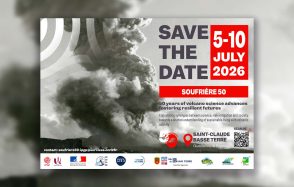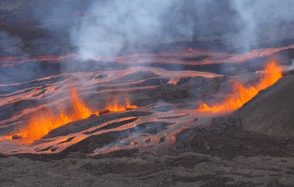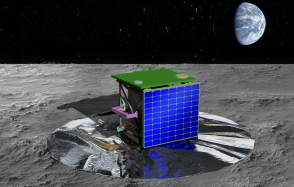Radon emissions on Mars and the Moon: the contribution of meteorites
An international team of researchers, including members of the Institut de Physique du Globe de Paris (IPGP, Université Paris Cité, CNRS) and the Natural History Museum of Vienna (NHMW) in Austria, has studied radon emissions from Martian and lunar meteorites. The study, published on 28 January in the journal Scientific Reports, aims to improve our understanding of the surface and atmospheric processes of Mars and the Moon, while preparing for future missions to measure radioactivity in situ.

Météorite martienne / @NHMW_Ludovic Ferrière









